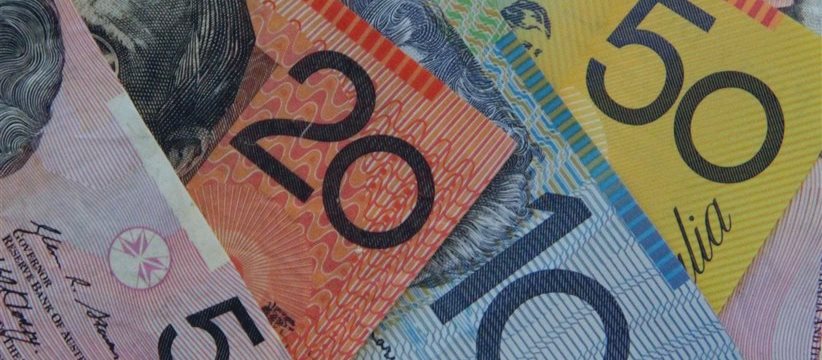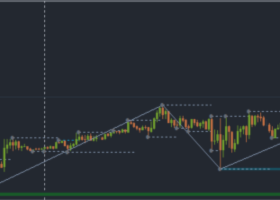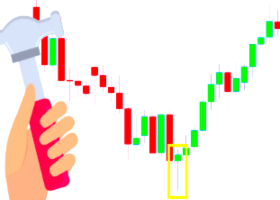
Aussie, kiwi lower despite dollar weakness; Decline in equities weighs
The commodity exposed Australian and New Zealand dollars were lower against their U.S. counterpart on Monday. Meanwhile, the greenback turned weaker against the euro and the yen, as investors sought risk aversion amid declining stock market.
AUD/USD hit 0.7125 during late Asian trade, the session low; the pair subsequently consolidated at 0.7145, down 0.28%.
Australian data released Monday showed that company gross operating profits fell 1.9% in the second quarter, compared to expectations for a 2.0% decline. Company gross operating profits slid 0.3% in the first quarter, whose figure was revised from a previously estimated 0.2% gain.
The Aussie was higher against the New Zealand dollar, with AUD/NZD hitting 1.1132 before consolidating at 1.1115.
Also Monday, data showed that the ANZ business confidence index for New Zealand fell to minus 29.1 this month from 15.3 in July. Analysts had expected the index to improve to minus 7.5 in August.
NZD/USD was last at 0.6417.
The dollar turned weaker against the euro and the yen due to a drop in the equities market.
Monday marked another decline for Chinese shares which had seen a 10% rally in the
previous two sessions, as renewed concerns over the health of the
world’s second-largest economy weighed. The Shanghai Composite was last lower 0.81% while the Hang Seng was higher 0.20%.
Demand for the euro and the yen was higher as desire of risk aversion backed demand for the low-yielding currencies to fund investment in risk assets.
Earlier, Federal Reserve Vice Chairman Stanley Fischer said it was still too early to determine whether to lift short-term interest rates from near zero, where they have been held since December 2008, at the bank’s September meeting.
The U.S. dollar, however, was given a boost after data last Thursday showed that the U.S. economy grew at a faster than expected rate in the second quarter.
Market players were now awaiting Friday’s U.S. jobs report for August, which could help to provide clarity on the likelihood of a near-term interest rate hike.
Markets were also awaiting Chinese data on Tuesday which was expected to signal that the rate of economic growth is continuing to slow.


